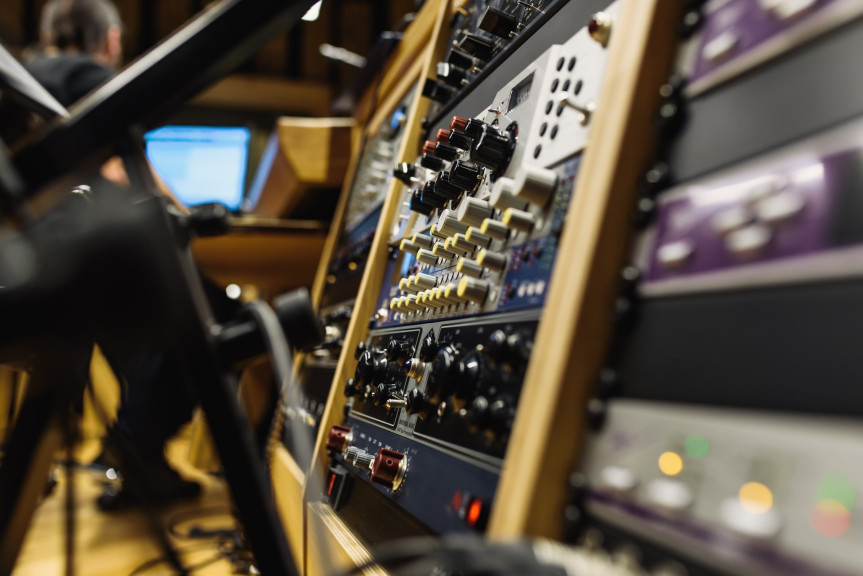Archive material: available and open online
Sound & Vision is working on making its archive material, such as radio, television, photos and film, available online. The Sound & Vision archive contains archive material from way back, represents a treasure of historical information and is huge. This creates a promising situation to make archive material accessible online under an open license, ready for reuse.

Video Flowchart
‘Open’ publication not only means publishing the material as a streaming file, but also by offering a downloadable file in order to stimulate reuse on a large scale. For example, Sound & Vision uploads films on its open media platform Open Images and donates these films to Wikimedia Commons, after which the footage can be linked to an article on Wikipedia. This leads to increasing visibility and reach of the collection, as well as the institute.
Flowchart
How do we know whether the collection can be made available online? How about copyright? To get a clear view on this, Sound & Vision developed a flowchart which is the basis for every copyright research within our collection.
The flowchart makes us aware of copyright. It’s an instrument that provides structure in asking the right questions and finding answers. Sometimes, a risk analysis is needed after taking the steps of the flowchart. With the risk analysis in mind, a decision is made whether material can be made available online, as stream only or also as a downloadable file.
The outcome of the copyright research is secured in our MAM-system (MAM: Media Asset Management) and traceable in the online catalogue of Sound & Vision.
Below you find a short description of the steps to take according to the flowchart. This flowchart is based on the policy of Sound & Vision.

Step A
First, we analyse the different components of a copyright-protected work. An audiovisual work often consists of several components. It is made up of several layers of copyright coming together to make the final product. The components of a filmwork are for example moving images, music, script, etc. Each component needs its own assessment.

Step B & C
Then, it is important to find out what kind of author created the work in order to determine the term of copyright protection. Based on this information, it is possible to determine in advance how promising the research for online publication will be.
According to Dutch copyright law, copyright expires 70 years after the author’s death, on January 1st of the following year.
When the author is an organisation and no individual creator is mentioned on the work, copyright expires 70 years after the work’s first publication, on January 1st of the following year.
When the creator is unknown, it is possible to label it as an ‘orphan work’ after extensive research (‘diligent search’), after which you can publish a work under certain conditions (see http://diligentsearch.eu/).

Step D
When all copyrights have expired, the work is in the public domain. Before making the material available online, Sound & Vision takes some more steps as mentioned under Step F.
Sometimes, Sound & Vision itself is rightsholder of the material. If so, Sound & Vision makes material available online under a creative commons license (at this moment under a cc-by-sa license model).

Step E & F
The outcome of all steps of the research are documented in a rights form: this is the basis of the underlying investigation.
Before publication, check three more things:
1. Is the work a recent recording or broadcast of an existing work?
If so, the work could still be protected by neighboring rights in favour of record producers, broadcasting companies or film producers.
2. Does the work contain any performances?
If so, the work could still be protected by neighboring rights in favour of the performers.
3. Finally, check for ‘ethical concerns’. Assess the occurrence of portrait rights, privacy rights and consider whether the work is suitable for online publication at all.

Step G
An important step in working with the flowchart is to document and capture all outcomes. It makes our decisions transparent and offers a chance for retrospection at any moment. Even when an investigation fails or the outcome shows that the work cannot be published, this is noted. By the passage of time or by new knowledge or insights, the research can possibly be picked up later.
The above provides insight in how Sound & Vision deals with copyright and its aim to publish audiovisual material open online as much as possible. Behind the scenes, Sound & Vision works with the flowchart a lot. It is an important tool when assessing whether archive material can be made available and open online, with the aim to stimulate easy reuse on a large scale.

